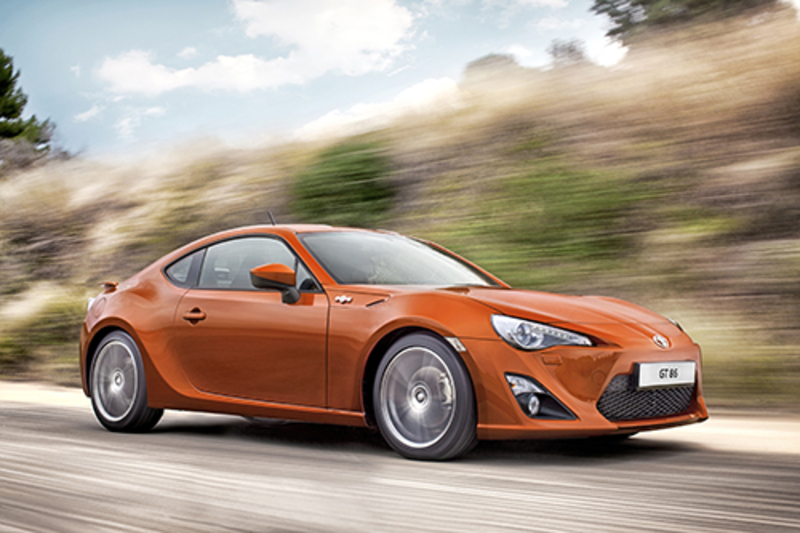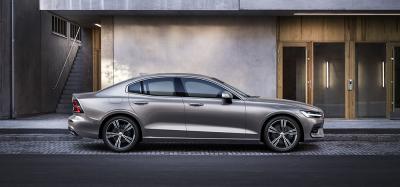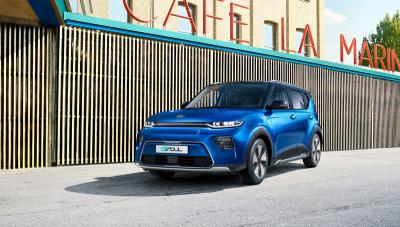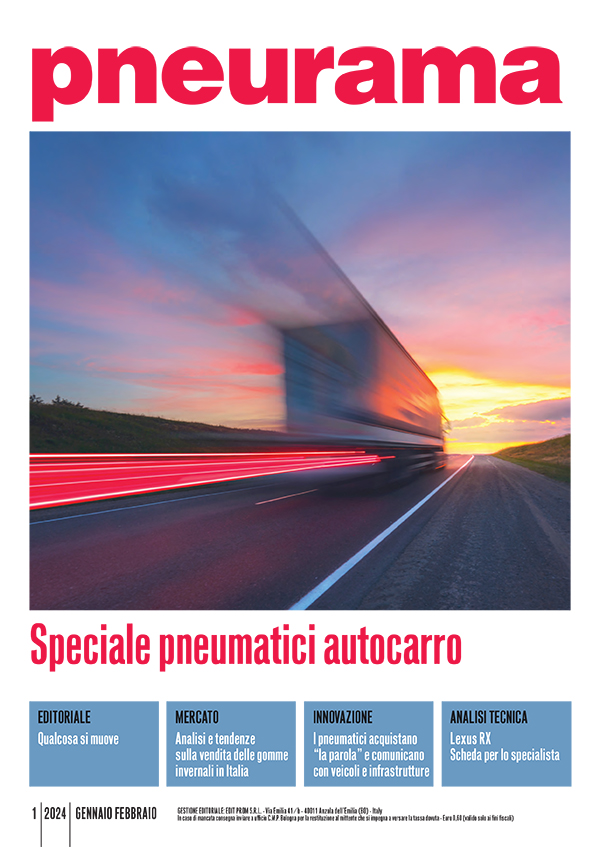Rear wheel drive chassis, even weight distribution and a look aggressive enough to be immediately noticed. The GT86 is made to dart over motorways or skid throughout city streets, just as in the Fast and Furious saga.
In the wake of Toyota’s past sports cars – starting with the celebrated 2000GT in the late 60’s, the first Japanese car to make it in the restricted segment of exclusive supercars, until the unforgotten MR2 and Celica - the Japanese car maker released the GT86, a rational, accessible sports coupe designed for the expressed purpose of transforming driving into a real pleasure, that is, if you can handle it, following even the tightest corners in total control and turning a slide into a drift (if traffic rules allow).
ONE VERSION SUITS ALL!
Hold on, this is old Japanese school, not a cheap tuning exercise. Let’s get things straight, exaggerations are banned from this model, both from a technical and aesthetic point of view, as well as engine and wheels, to finish off with a neat and balanced car just as they like it at Toyota. Dynamic and practical, slender and muscular, with a drag coefficient of 0.27 Cx, few frills with the exception of a rather large rear wing on the GT86 Racing special series, and even the small size of the tires, "only" 215 mm, undersized compared with the exaggerated rims so common even on city cars nowadays, says a lot about the spirit of this sports car. Dedicated to driving pleasure, a tribute to total vehicle control, even weight distribution means the car feels well balanced, while responsive steering allows you to catch tail slides with relative ease, even in critical conditions, something that proves to be natural even if you don’t have a racing license. This is what Toyota engineers and designers promise, especially since this car can boast a middle name like Subaru. One version, one trim level, one engine. The few exceptions relate to manual or automatic transmissions, leather seats, GPS systems, the odd limited edition series and pearlescent colors on request. See it, like it, and that’s all there is to it. No need to get your brain working over optional accessories or the right trim, including wheel and tires, since the only size available is a 215/45 R17. After all, what you need is already there, enclosed in a stylish interior that betrays its sporty nature. Low-slung driving positions, adjustable seats, aluminum pedals and steering wheel paddles on the automatic version, for the greatest driving feeling. On the other hand, for a more relaxed feeling, all you need is to turn on the Toyota Touch infotainment system, Bluetooth and USB speakers, or the Touch and Go GPS system (optional) with a 6,1” display.
Its 4.24 meters in length, 1.77 in width and a height of just 1.28 (radio antenna excluded), makes it particularly agile and rather compact with a 2 + 2 seats configuration and a 243 liter boot, without the spare wheel here substituted by a tire repair kit, big enough to take the weekly shopping.
TOYOTA OR SUBARU?
The 86 before the symbol does not relate to any specific date. It simply relates to the bore/stroke ratio of its 1,998 cc engine. A flat engine, borrowed from Subaru, a company known for its symmetrical technologies that, hand in hand with Toyota, offers an identical sister car, or nearly so, the BRZ, different looks, same car. The only concession made to Toyota is the loss of the four-wheel drive, a must for Subaru, here exceptionally replaced by a more spontaneous rear-wheel drive. Just like a real sports car to be driven for mere passion.
The synergy between the two Japanese giants - deeply rooted in both corporate and technological terms - has given birth to a project that was first thought of a decade ago, only to be placed back in the drawer. Later, a prototype was unveiled during the Tokyo Motor Show in 2009, and from there to a production series, it’s a rather short step, with the first models sold by both brands in 2012, with a few updates of late, at least in the case of GT86, with a few almost imperceptible changes in the body-kit. Hidden under the body, a Macpherson strut front and double wishbone rear suspension, front engine for maximum weight balance with six-speed transmission, manual or automatic, and a rear wheel drive with Torsen limited-slip rear differential to emphasize the sporty attitude. No fear, for those not accustomed to acrobatic, to-the-limit driving, a complete electronic kit (partially disengageable) intervenes in critical situations, with a Vehicle Stability Control, even in Sport mode, traction control, besides the inevitable ABS with EBD and brake Assist able to optimize braking distances, acting on powerful 294x24mm front and 290x18mm self-ventilating disc brakes. And then the steering, electrically assisted, direct and progressive, well-geared down to transmit any change in the road conditions and travelling direction.
Sufficiently exuberant, with its 200hp, at 7000rpm, produced through a 2-liter 4-cylinder natural aspirated engine, with a torque of 205N-m at 6600rpm, not particularly high, but that is a characteristic of a boxer engine – the GT86 has a dual, electronically injected, fuel system D-4S, a system that combines injectors capable of injecting fuel at high pressure directly into the cylinders, together with conventional injectors, injecting fuel into the intake ports. Advanced technical solutions to boost performance, with a 0 to 100 km/h acceleration in 7,6 seconds (which becomes 8,2 seconds with an automatic transmission), capable of pushing the GT86 to a top speed of 226 km/h (210 km/h for the automatic version).
Those hard to please might miss the thrust of a turbocharger, for that extra 50hp which would make it all the more entertaining, and yet, on a car weighing a little more than 1230 kg in running order, a 6,2 kg/hp power/weight ratio appears to be more than sufficient to have a lot of fun, keeping an eye on running costs with average fuel consumptions in the order of 12,8 km/liter, and CO2 emissions at 181 g/km (164 g/km for the automatic version).
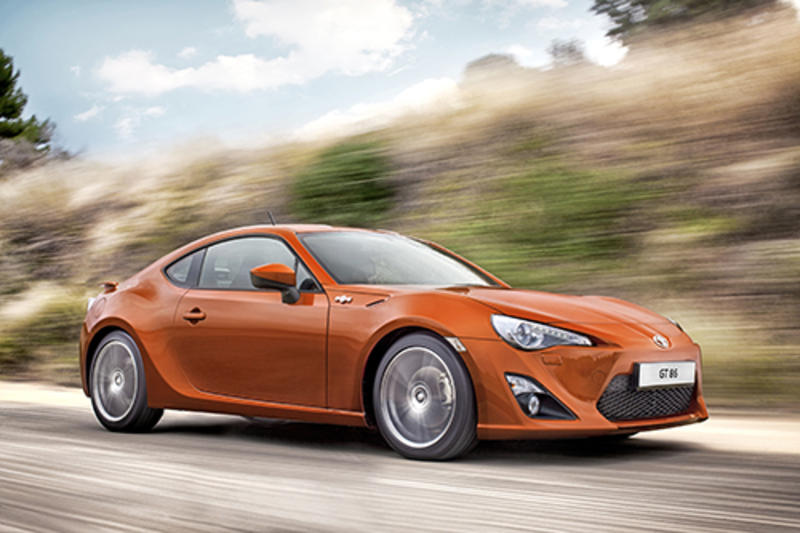
Muscle car design, low and aggressive, a rear splitter with twin exhausts and average size tires like a true drifter, the GT86 promises great excitement without going to extremes
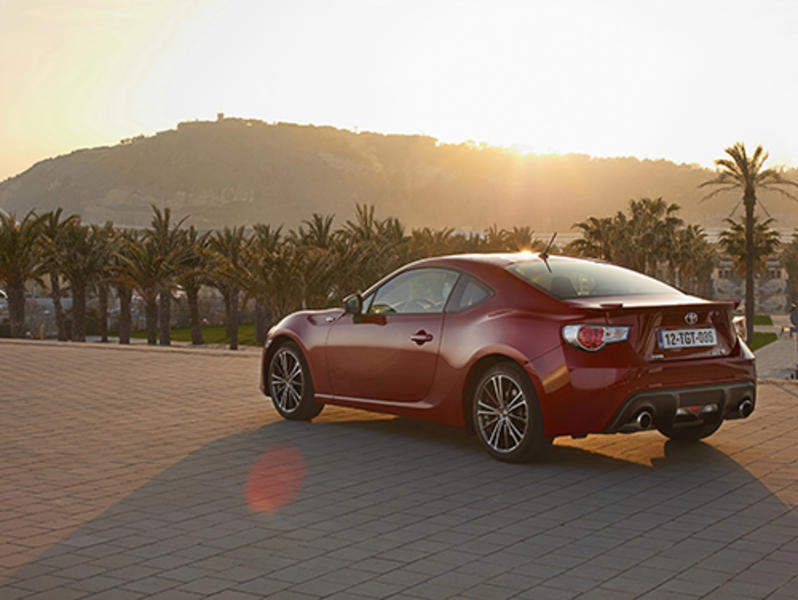
Low center of gravity, just 46 cm from the ground, balanced weight distribution 53/47, 215/45 R17 tires and a consistent and progressive power supply, all contribute to a great driving experience
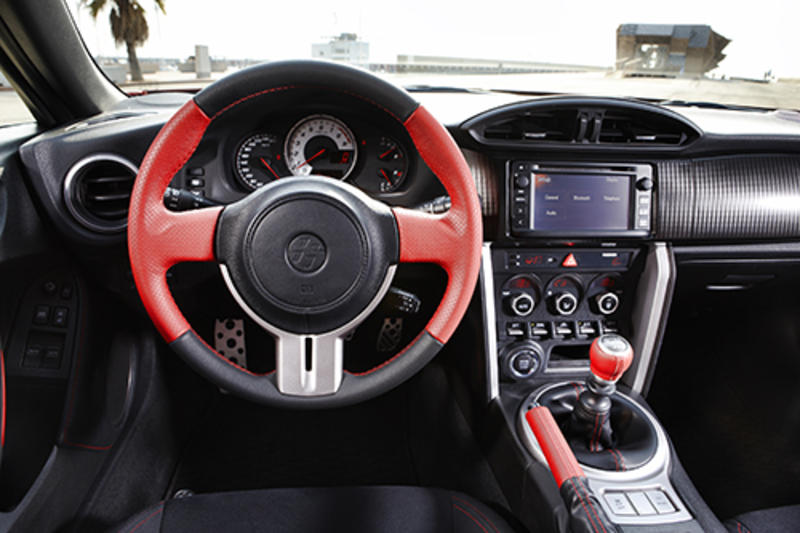
The sporty nature of the GT86 is clearly seen also from the interiors, adjustable seats, low-slung driving position, short gear lever or steering wheel paddle shifter

The synergy with Subaru is evident by the design of the engine, a two-liter, 4 cylinder boxer with Toyota D-4S direct injection capable of producing 200 hp at 7000rpm
